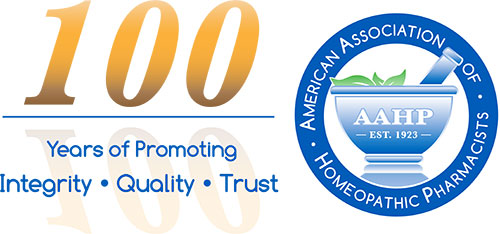Analytical Methods
By Mark Land, AAHP President
April 1, 2017
When Samuel Hahnemann founded homeopathy at the end of the 18th century, he couldn’t possibly have fathomed the extreme capabilities of today’s analytical technologies. Most instruments currently used to assess homeopathic dilutions can resolve to below one microgram—that is to say, to less than one part per million. Next-generation technologies currently on the market can now resolve to parts per billion! How are these ultrasensitive analytical methods affecting our industry?
Traditionally, homeopathic manufacturers have produced homeopathic dilutions of a certain level as opposed to predefining an amount of initial solute. They rely on the dilution process to effectively ensure the safety of toxic starting materials. However, with the availability of ultrasensitive analytical technology, manufacturers can now prove that safety—down to very, very small levels.
In many regards, such proof is becoming a must. For example, labeling requirements for certain alkaloids require manufacturers to label for these ingredients in milligram quantities. However, since measurement by dilution level alone can only yield theoretical milligram quantities, labelers run the risk of misbranding if they do not support their claims with testing.
The U.S. Food and Drug Administration (FDA) and industry experts have advised manufacturers to fully validate their dilution and compounding processes. Validation should demonstrate that each dilution step yields the expected results up through the limits of detection of the analytical instrumentation. FDA has said that this approach would provide convincing evidence of a highly controlled process.
A major roadblock, however, is the cost of analytical technologies capable of resolving in the parts-per-billion range. At up to $500,000, this equipment is currently cost-prohibitive for even the largest laboratories. Method validation is estimated at $10,000 to $25,000 per method, and routine testing is $100 to $200 per batch. Given the large startup costs, it is important that manufacturers consider the design of experiments carefully, allowing for the maximum utilization of information.
Our industry is still not equipped to address all of the questions in this area, as little is known about the therapeutic or toxic actions of substances in the parts-per-billion range. A thoughtfully designed symposium among regulators, experts, and other stakeholders is necessary to properly evaluate and place into context the application of ultrasensitive analytical technologies to homeopathic dilutions.
